Emily raised a great question in response to last Tuesday’s post:
[W]hat of the reports of hunter gatherers having low cholesterol. Is it the product of fringe environments, or low infectious burden, or what?
Let’s look into this. Do hunter-gatherers in fact have low cholesterol? If so, why?
The Claim
As far as I know, this idea originated with and was promoted by the fathers of Paleo dieting, S. Boyd Eaton and Loren Cordain, and their collaborators.
Its first appearance, to my knowledge, was in a 1988 paper by S. Boyd Eaton, Melvin Konner, and Marjorie Shostak called “Stone agers in the fast lane: chronic degenerative diseases in evolutionary perspective” [1]. Here’s their data:
The footnote to Table IV reads as follows:
The published paper has 101 references and takes 11 pages in the journal, yet no supporting references for the cholesterol data were included.
Here is a graph from a 2004 paper by Loren Cordain, William Harris, and some pro-statin medical doctors [2] (thanks Stabby!):
The caption states that total cholesterol (TC) ranges between 70 and 140 mg/dl in hunter-gatherers, and LDL cholesterol (LDL-C) between 35 and 70 mg/dl. However, this claim is unsourced. The paper provides references for assertions that LDL tends to be around half TC, and that modern Americans have TC around 208 and LDL-C around 130, but there are no references for hunter-gatherer cholesterol levels.
The data in this graph seem to be drawn from the Eaton, Konner, and Shostak paper [1]. The Hadza number is the same as the 109.5 mg/dl (2.83 mmol/l) average of the male and female Hadza in [1]; Inuit at 141 mg/dl (3.65 mmol/l) is the same as “Canadian Eskimos” in [1]; !Kung and San (probably the same people) are both listed very close to the 119.5 mg/dl (3.09 mmol/l) average of “Kalahari San (Bushmen)” in [1]; Pygmy looks identical to the 106 mg/dl average of male and female “Congo Pygmies” in [1]. It looks like they just copied from Eaton et al but deleted the Australian Aborigines who in [1] had a male-female average TC of 139 mg/dl (3.59 mmol/l).
Eaton and Konner were sticking to the low hunter-gatherer cholesterol claim in 2010 [3]; they cited only their original 1988 paper [1] when they wrote:
Our review of various health measures in HG and other nonindustrial populations showed that average HG serum total cholesterol was always below 135 mg/dL … [3]
So over 23 years, to judge by these papers, Eaton et al and Cordain et al have yet to cite a peer-reviewed article in support of the proposition that hunter-gatherers had low cholesterol. Where did this idea come from? And is it true?
The Evidence Is Worth Looking Into
The claim that healthy hunter-gatherers had serum cholesterol below 140 mg/dl is quite surprising, given that contemporary populations are healthiest when their serum cholesterol is over 200 mg/dl, and mortality rises and life expectancy falls sharply as serum cholesterol falls below 180 mg/dl. (See Blood Lipids and Infectious Disease, Part I, Jun 21, 2011.)
Are hunter-gatherers – either their diets or their genetics – so different from modern populations? Or is the claim that healthy hunter-gatherers have low serum cholesterol a mistake?
I think this is an interesting question, with implications both for the design of Paleo diets and for our interpretation of serum lipid results. When we discussed HDL, I argued that some dietary methods to raise HDL might benefit us by enhancing immunity (see HDL and Immunity, April 12, 2011; HDL: Higher is Good, But is Highest Best?, April 14, 2011; How to Raise HDL, April 20, 2011). Might a similar strategy for dietary manipulation of LDL be desirable too?
Next Steps
I’ll examine the issue in 3 parts:
- On Thursday I’ll survey the literature on hunter-gatherer cholesterol. What are their numbers really?
- Next week I’ll continue the Blood Lipids and Infectious Disease series by looking at the immune functions of LDL cholesterol. What happens to LDL when people get infections? Is there an optimal LDL level?
- In conclusion of the series I’ll return to the issue of human populations – whether hunter-gatherer, horticultural, pastoral, or modern – and what their cholesterol levels tell us about their health. Why do some populations have low serum cholesterol and other populations have much higher cholesterol?
This might lead us into issues such as: Has there been recent human evolution toward higher cholesterol levels? Are there biological differences in optimal cholesterol levels among different human populations – for instance, Africans and Eurasians, or aboriginal populations and descendants of Neolithic farmers?
Should be fun!
Related Posts
The posts in this series are:
- Did Hunter-Gatherers Have Low Serum Cholesterol?, Jun 28, 2011
- Serum Cholesterol Among the Eskimos and Inuit, Jul 1, 2011
- Serum Cholesterol Among African Hunter-Gatherers, Jul 5, 2011
- Serum Cholesterol Among Hunter-Gatherers: Conclusion, Jul 7, 2011
- Low Serum Cholesterol in Newborn Babies, Jul 7, 2011
References
[1] Eaton SB, Konner M, Shostak M. Stone agers in the fast lane: chronic degenerative diseases in evolutionary perspective. Am J Med. 1988 Apr;84(4):739-49. http://pmid.us/3135745. Full text: http://www.direct-ms.org/pdf/EvolutionPaleolithic/EatonStone%20Agers%20Fast%20Lane.pdf
[2] O’Keefe JH Jr, Cordain L, Harris WH, Moe RM, Vogel R. Optimal low-density lipoprotein is 50 to 70 mg/dl: lower is better and physiologically normal. J Am Coll Cardiol. 2004 Jun 2;43(11):2142-6. http://pmid.us/15172426.
[3] Konner M, Eaton SB. Paleolithic nutrition: twenty-five years later. Nutr Clin Pract. 2010 Dec;25(6):594-602. http://pmid.us/21139123. Full text: http://ncp.sagepub.com/content/25/6/594.full.







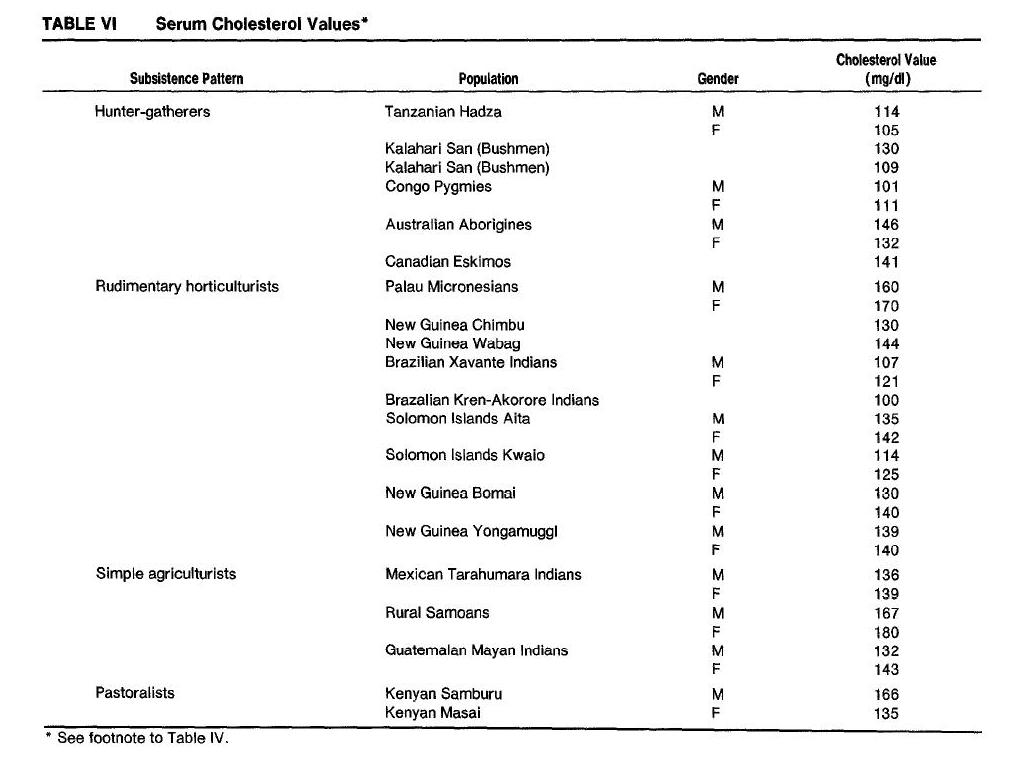

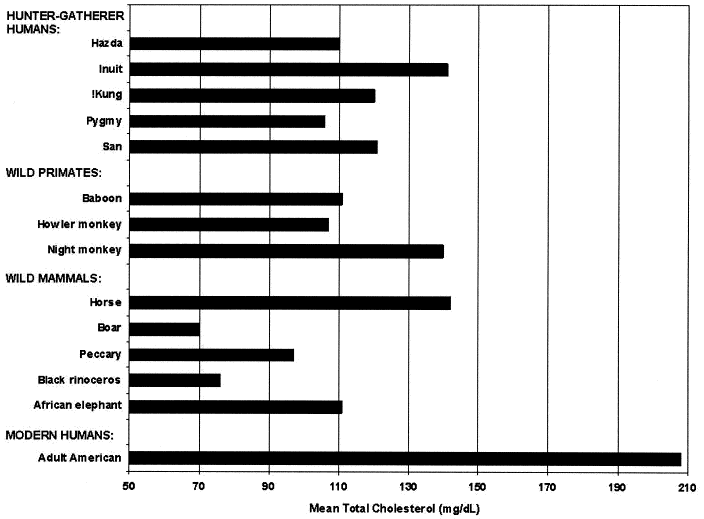
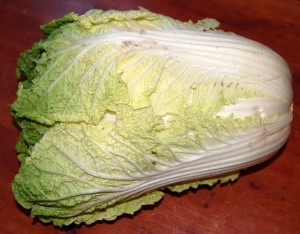
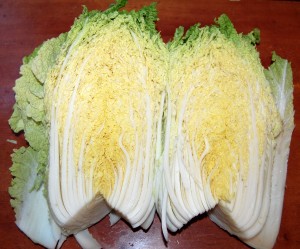
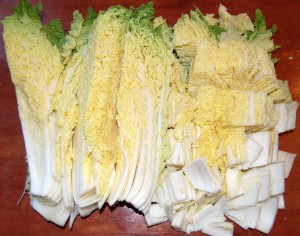
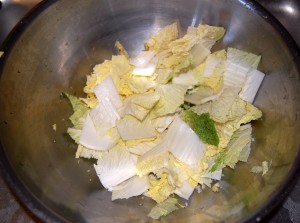
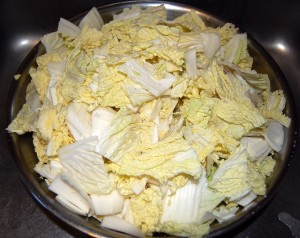
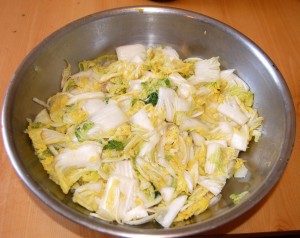
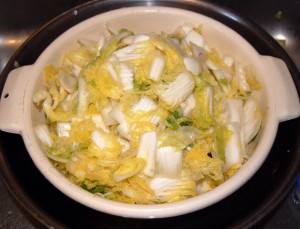
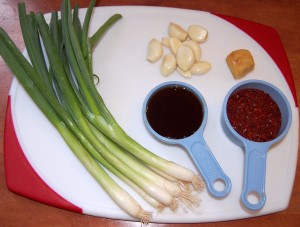
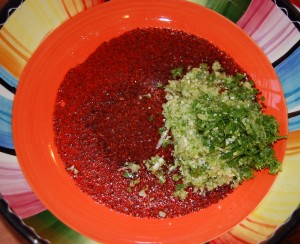
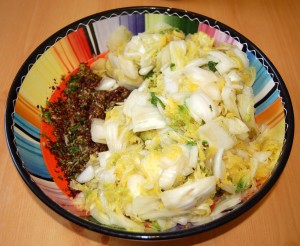
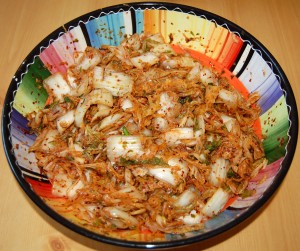
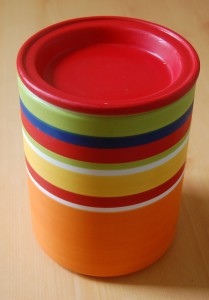
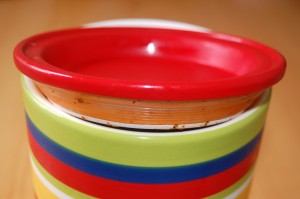
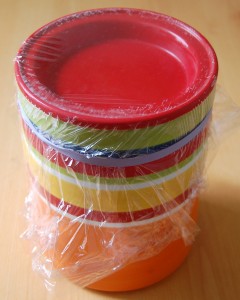
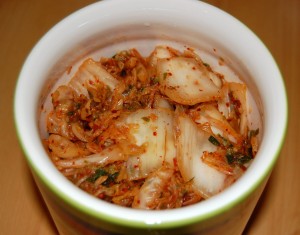
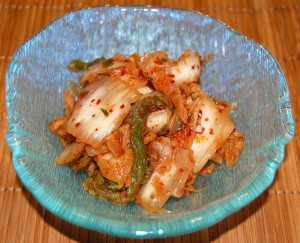

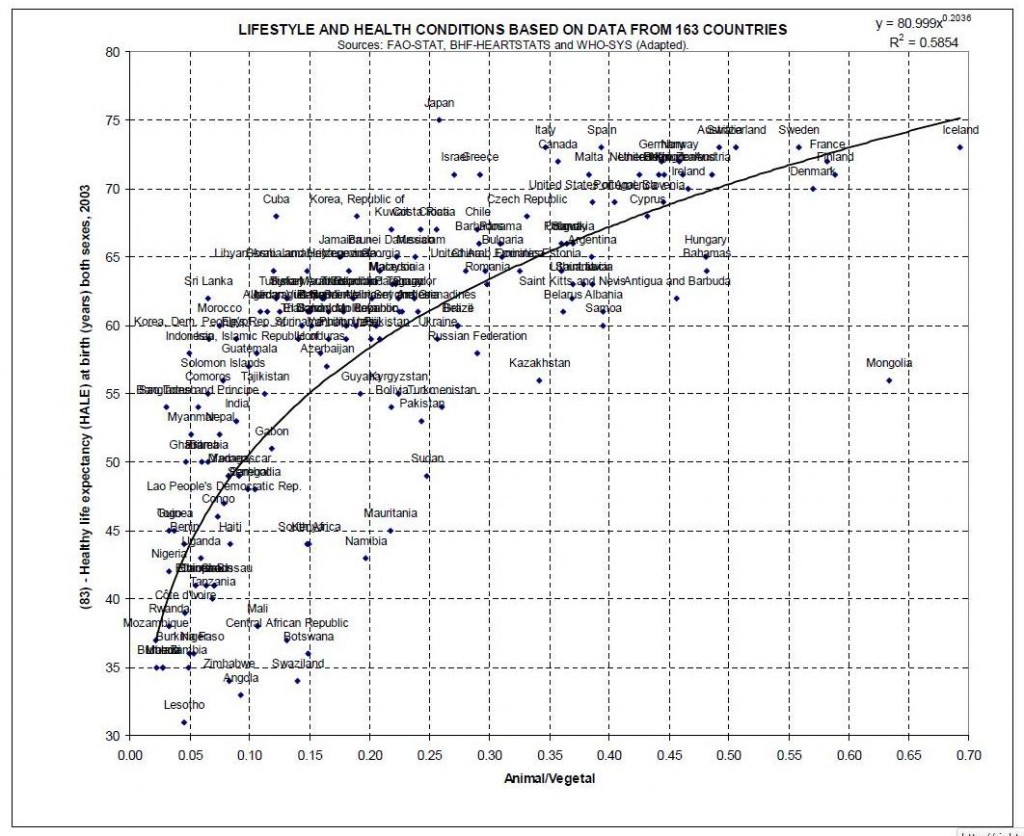





Recent Comments